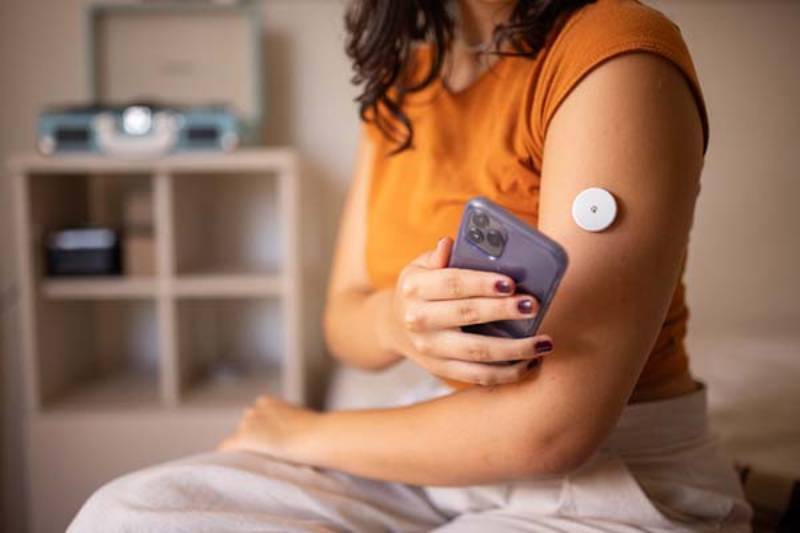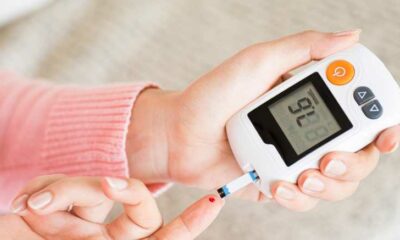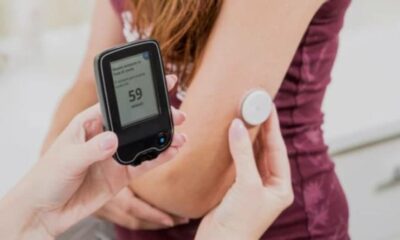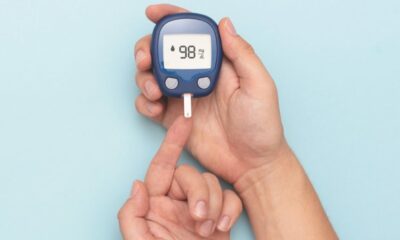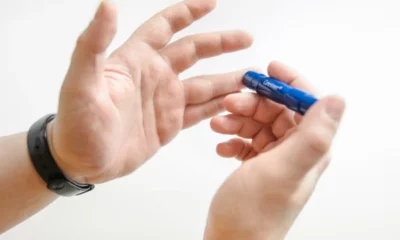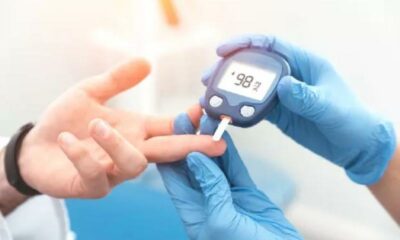Managing diabetes effectively is no longer just about diet and medications—it’s about data. Real-time blood glucose monitoring (often via CGM—Continuous Glucose Monitoring systems) is revolutionizing how individuals with diabetes manage their health. By providing minute-by-minute insights into blood sugar levels, these monitors are improving outcomes, reducing complications, and empowering users like never before.
What Is Real-Time Blood Glucose Monitoring?
Real-time blood glucose monitors, or rtCGMs, continuously track glucose levels through a small sensor placed just under the skin. These devices send updated glucose readings to a receiver, smartphone, or smartwatch—typically every 1 to 5 minutes.
Popular devices include:
- Dexcom G7
- FreeStyle Libre 3
- Medtronic Guardian Sensor 4
Key Benefits for Health Outcomes
1. Immediate Feedback for Smarter Decisions
With real-time data, users can see how their glucose levels respond to specific foods, activities, stress, and sleep. This allows for quick course corrections—like taking a walk after a meal or adjusting insulin doses in response to rising glucose levels.
2. Reduced Risk of Hypoglycemia and Hyperglycemia
Most rtCGMs offer custom alerts that notify users when glucose levels are too low or high—before symptoms even appear. This reduces the risk of dangerous highs and lows and helps users maintain tighter control.
3. Better Long-Term Control (Lower A1C)
Studies show that CGM users often achieve better A1C levels with less variability. Continuous feedback leads to healthier habits and improved medication timing, leading to more time in target range (TIR)—a new key metric in diabetes care.
4. Informed Clinical Decisions
Real-time monitoring provides doctors and diabetes educators with detailed data to fine-tune treatment plans. With data sharing features, healthcare providers can make faster, more informed adjustments.
5. Improved Quality of Life
No more guesswork. No more constant finger pricks. Real-time monitors reduce anxiety around blood sugar levels and make self-care more intuitive and less intrusive.
Backed by Research
- A study in The Lancet found that rtCGM users with Type 1 diabetes had a 38% lower risk of severe hypoglycemia compared to fingerstick testing.
- Another in Diabetes Technology & Therapeutics linked CGM use to improved A1C and quality of life in people with Type 2 diabetes not on insulin.
Who Can Benefit?
While commonly used by people with Type 1 diabetes, real-time monitors are increasingly recommended for:
- Individuals with Type 2 diabetes, especially those on insulin or at risk of hypoglycemia
- Pregnant women with gestational diabetes
- People with frequent glucose fluctuations
- Those who want better insight and control over their condition
Bonus: Connected Health Ecosystems
Modern CGMs integrate with:
- Insulin pumps for closed-loop systems (aka “artificial pancreas”)
- Health apps for logging meals, exercise, and trends
- Smartwatches for on-the-go alerts
Final Thoughts
Real-time blood glucose monitoring is more than just a tool—it’s a health partner. By offering continuous insight, early warnings, and actionable data, rtCGMs empower people with diabetes to live healthier, more confident lives. If you’re navigating diabetes management, this tech could be your next best decision.
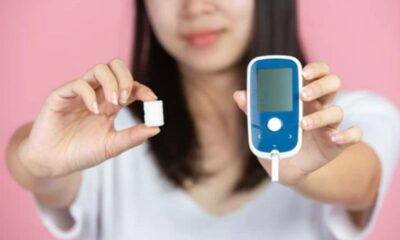
 Diabetology2 weeks ago
Diabetology2 weeks ago
 Diabetology6 days ago
Diabetology6 days ago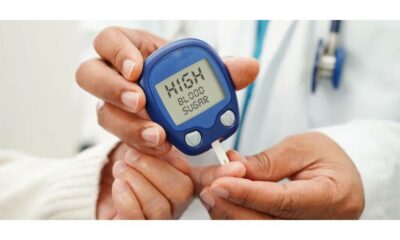
 Diabetology6 days ago
Diabetology6 days ago
 Diabetology5 days ago
Diabetology5 days ago
 Diabetology4 days ago
Diabetology4 days ago
 Diabetology2 days ago
Diabetology2 days ago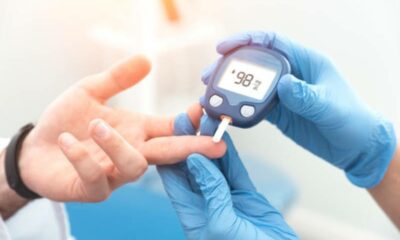
 Diabetology2 days ago
Diabetology2 days ago
 Diabetology7 hours ago
Diabetology7 hours ago
